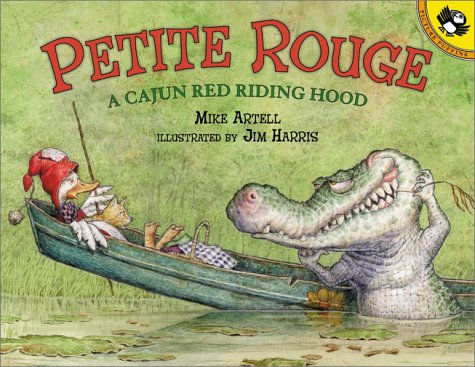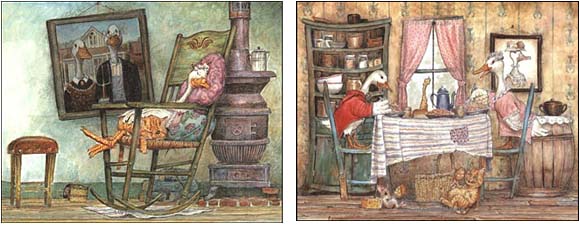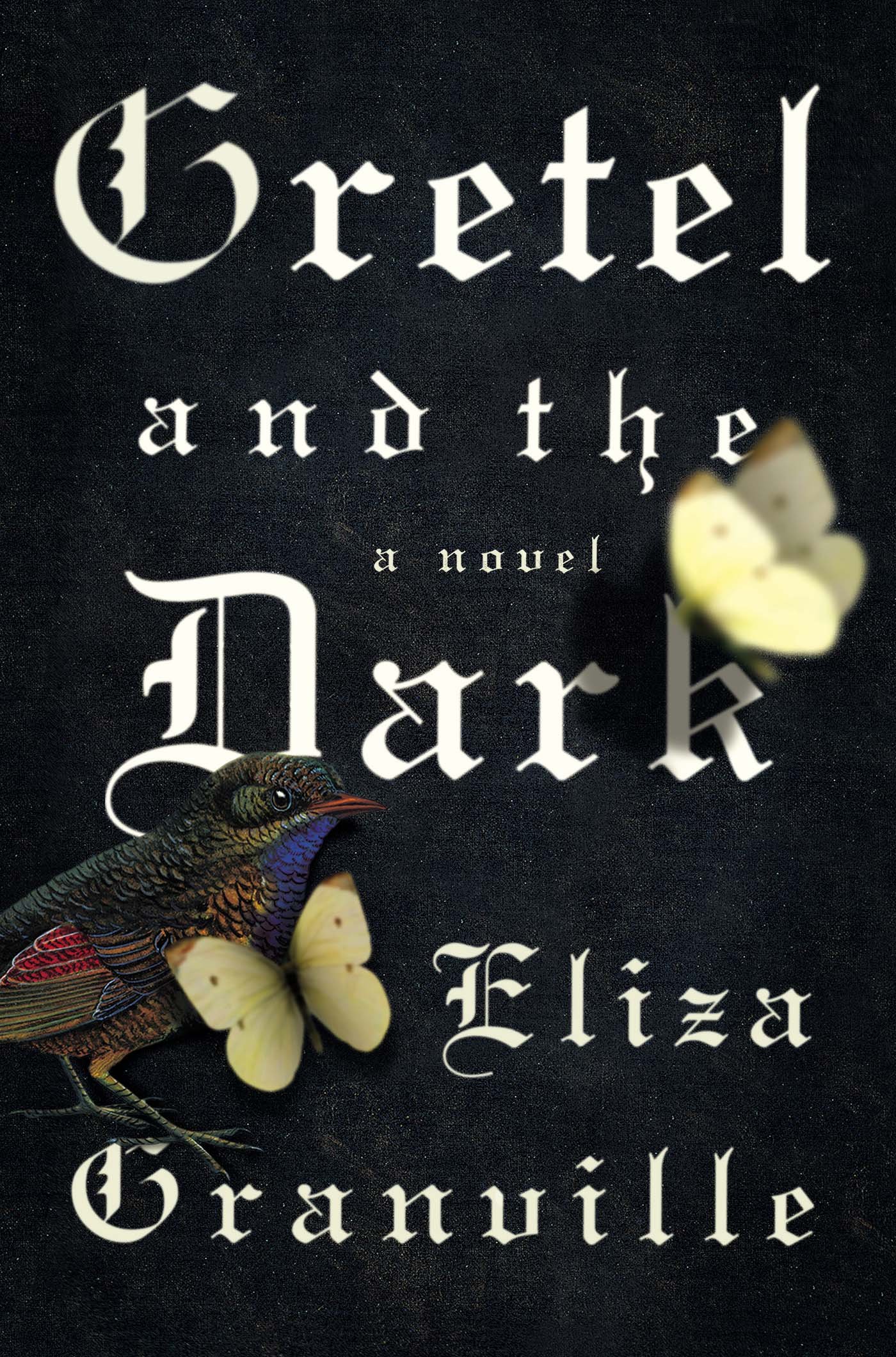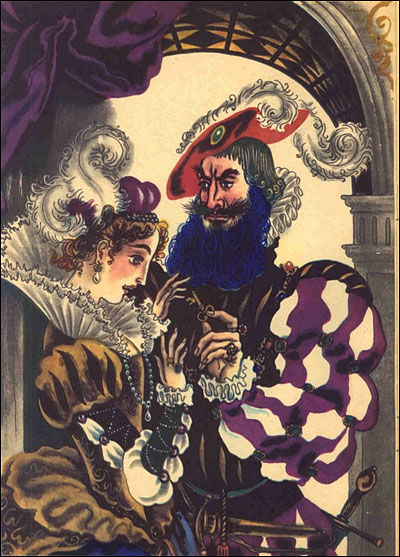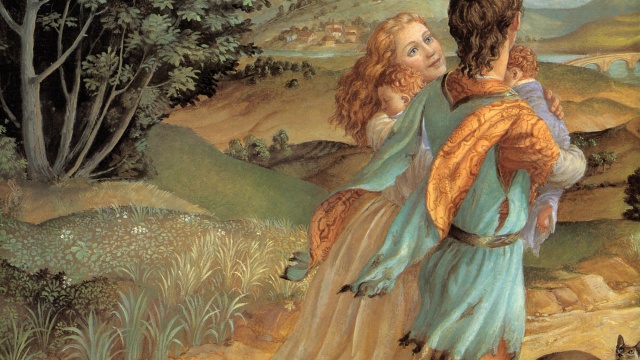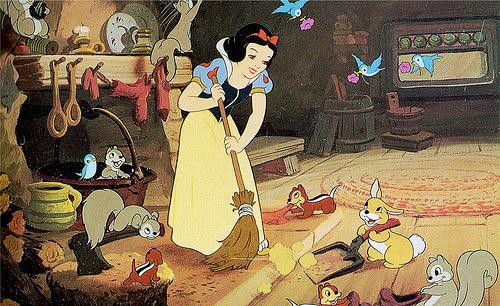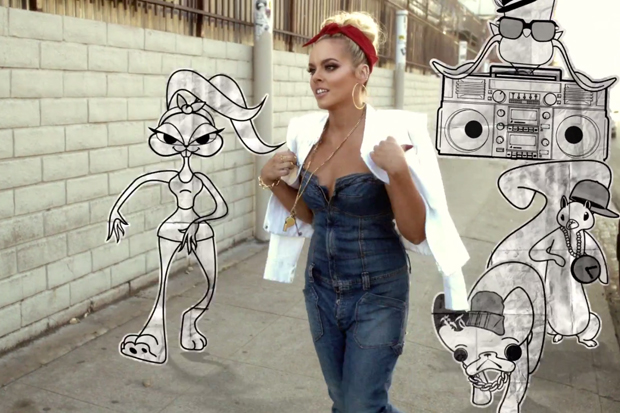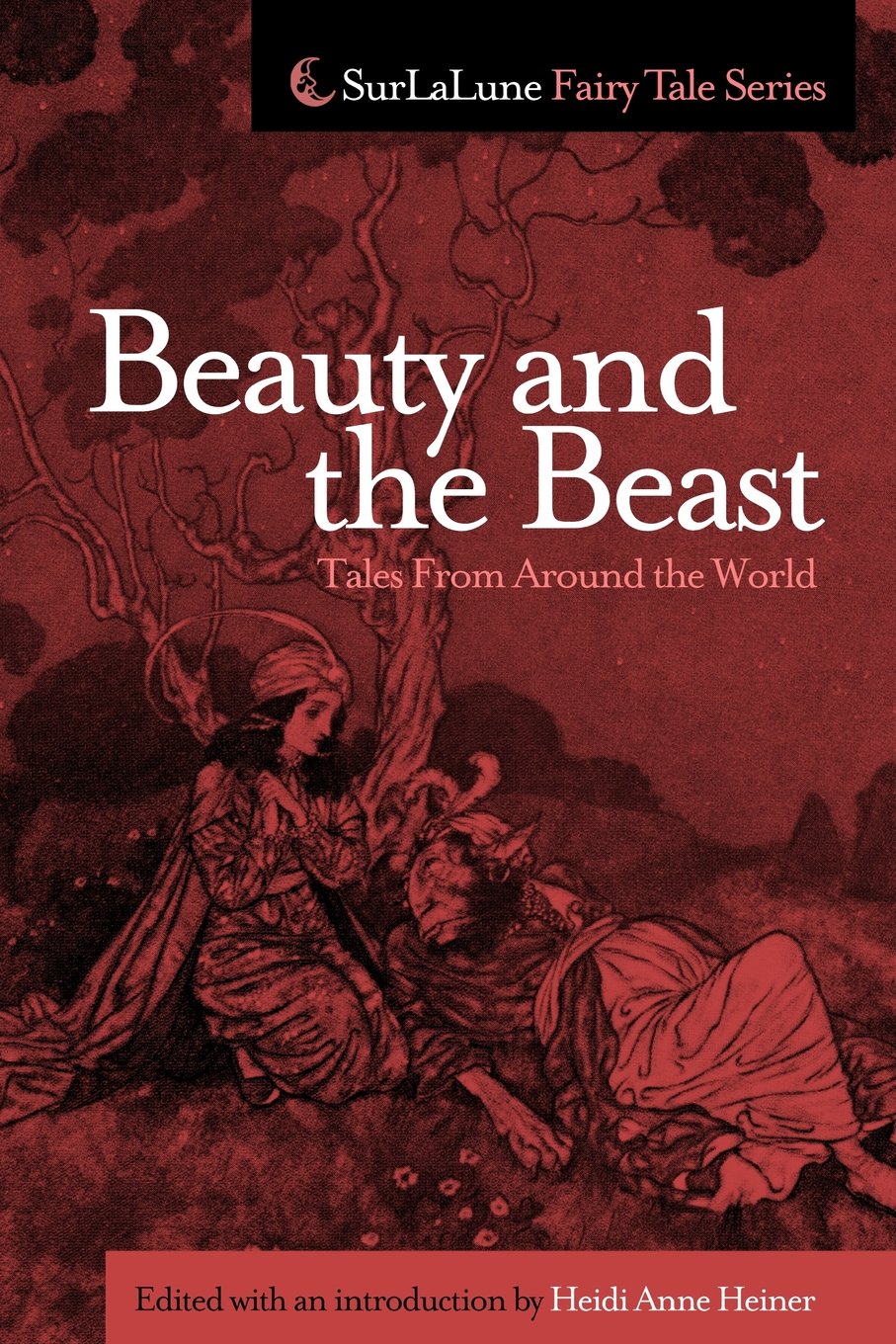Charlotte Rose de la Force's "Persinette" has become more well known thanks to Kate Forsyth's novel
Bitter Greens, which has enthralled fairy tale fans (and left us all anxiously awaiting
Wild Girl, just recently released!) Thanks to
Surlalune's Rapunzel and other Maiden in the Tower Tales From Around the World, I was able to read the actual story by Charlotte Rose de la Force.
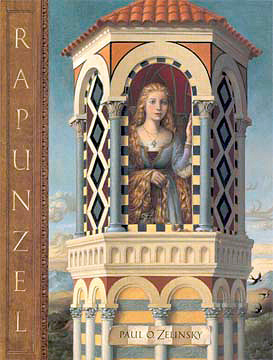
First of all, it's not exactly like the story Charlotte is told in
Bitter Greens, if like me you were only familiar with the novel's version and not the actual de la Force story (I prefer Forsyth's version, for the record). Secondly, it actually disappointed me. It was surprising because it went against what I've read before in basically
any history of Rapunzel-or of the Grimms and their collecting process- which will tell you about how the Grimms took a more feisty, intelligent heroine and made her dumb and naive. I've posted on the earliest version of Rapunzel,
Basile's Petrisonella-who really is a pretty feminist Princess who finds her own way to escape the tower. And it's true that, in order to avoid the controversial issue of Rapunzel getting pregnant, the Grimms have her instead carelessly ask the witch one day why she's so much heavier than the Prince. Although, Rapunzel in the Grimms' version has still given birth to the Prince's children by the time he finds her, so unless they REALLY expected their audience to be unable to put two and two together,
the Grimms still did allude to Rapunzel's sexuality.
And critics are very upset by Rapunzel's slip of the tongue and how it makes her appear stupid. And yes, it wasn't the brightest comment. But if you look carefully,
the Grimms' Rapunzel is actually more clever than she is given credit for. Just before the infamous "stupid" comment, Rapunzel tells the prince, "I will willingly go away with thee, but I do not know how to get down. Bring with thee a skein of silk every time that thou comest, and I will weave a ladder with it, and when that is ready I will descend, and thou wilt take me on thy horse." So here we have
a heroine who is creative enough to think of a way to escape, and she's telling the Prince what he needs to do in order to make that happen. She's showing she's clever and takes initiative, whereas de la Force's Persinette never even mentions wanting to escape. And as for the slip of the tongue, critics will take that one mistake to show that now Rapunzel is unintelligent. But really, haven't we all let something slip in front of the wrong audience and immediately regretted it? With a lifetime of isolation, Rapunzel hasn't had a lot of time to practice the art of social conventions.
De la Force seems more concerned with
describing all the luxuries that Persinette has in her tower. It's not too surprising, because French culture at the time was all about having the best and newest luxuries and the court was no stranger to indulgence. (The French versions of "Beauty and the Beast" also go into great detail about the wonders and luxuries Beauty experiences in the Beast's castle). Persinette's tower is not a tiny, barren prison, but even makes Disney's tower look like a cheap hotel. The tower had "grand and beautiful rooms" filled with natural daylight; as a baby, Persinette was wrapped in sheets of
gold. Persinette's drawers were full of jewels, and her "wardrobe was as magnificent as that of the queen of Asia." Her food was delicious, and "She read. She painted. She played musical instruments. She entertained herself with all the activities a well-educated girl learns to do...
Many people would love to feel as happy as she was!"
This was surprising to me. Especially after
Bitter Greens which compares Charlotte being shut away in a strict convent to Persinette being imprisoned-yet from the story it doesn't seem that Charlotte minded her imprisonment that much, if she was really comparing the two. The story tells us that the only thing Persinette lacks is companionship.
Enter the Prince. Since Persinette has never actually seen a man before, she's afraid and thinks he's some kind of monster she's read about before who could kill with his eyes (?). The Prince climbs up (we're told that he impersonated the fairy's voice very well-yes, it's a fairy and not a witch-so we don't think that Persinette is also too stupid to tell a man's voice from the only other voice she's ever heard). This is where it gets kind of creepy-
"He fell at her feet and kissed her knees with persuasive ardor. Persinette was frightened.
She cried and then she trembled, nothing could calm her. Her heart was full of all possible love for the prince." How did we go from crying and trembling and thinking he's a monster and "nothing could calm her" to "all possible love?" And then, talk about love at first sight-they were "married that very hour." So, no worries about bad morals here, kids, they were already married!
So she gets pregnant. And let it be known that the naivety of Rapunzel starts here with Persinette, who "did not understand her condition and it upset her.
The prince understood but he did not want to distress her further with explanations."
Oh man. So first of all, she doesn't even know she's pregnant, which would be okay because she's been uber sheltered her whole life and how could she have known? But we also know that Persinette had access to every luxury of an educated woman, including books, and surely she had to have read something about pregnancy and childbirth? (Also, men, come to think of it, given her assumptions about the Prince when she first saw him). And how about the prince, who didn't want to worry his pretty little bride with such complications as "explanations"? He thought it would be better for her to just think she was rapidly gaining weight and then all of a sudden she goes into labor and he's like, "Surprise! You're a mom! Good luck sleeping through the night for the next year and keeping your new kid alive!"

Well, we don't get to see how that could have played out. The fairy finds out and is furious, so she banishes Persinette to an adorable cottage by the sea that provides her magically with food. We're told that this is "vengeance" and that she cries all the time, although it seems like a nice vacation to me, other than the fact that she's away from her Prince. He gets blinded and eventually finds his way to her, but not before being pretty melodramatic for a while: "he found himself
even more overcome by his love and suffering than usual. He laid himself down under a tree with all of his thoughts and sad reflections. It was a cruel life for someone who deserved better". Yes, after all that taking advantage of a young, naive girl and keeping the details of her pregnancy from her, you should be on a cruise or something.
He eventually hears Persinette's voice again, only there's an extra episode where, when he arrives, all their food and water turns into stone, crystal, snakes, and the like. They decide to die of starvation together rather than live apart and then finally the fairy feels sorry for them and decides to restore them to the Prince's family who was so happy now with his "perfect wife" (who, incidentally, is never restored to HER actual family).
One other thing I noticed from reading this and rereading the Grimms. I had it in my head before that the witch basically demanded the wife's baby as a consequence for the husband stealing the parsley/rapunzel/rampion. But actually, in both versions,
the husband has a choice-he can take more pasley/rapunzel,
if he gives the witch the child. He didn't have to take those herbs! He could have gone home to his wife and explained, "Sorry, I tried to get you that salad, but the witch wanted our baby and that wasn't really a fair bargain." The fact that he accepts, when it wasn't his craving to begin with, kind of
implicates both parents, as if he knew the wife would have chosen the salad over the baby-he wasn't the one with the craving! Interestingly, in Basile's "Petrisonella", it's the wife herself who was stealing the rampion and made the bargain. You could just chalk it up to the characters being the Worst Parents Of All Time, but at one time
pregnancy cravings were taken really seriously, so maybe we're supposed to view it as the couple having no choice.
Illustrations by Paul O. Zelinsky

